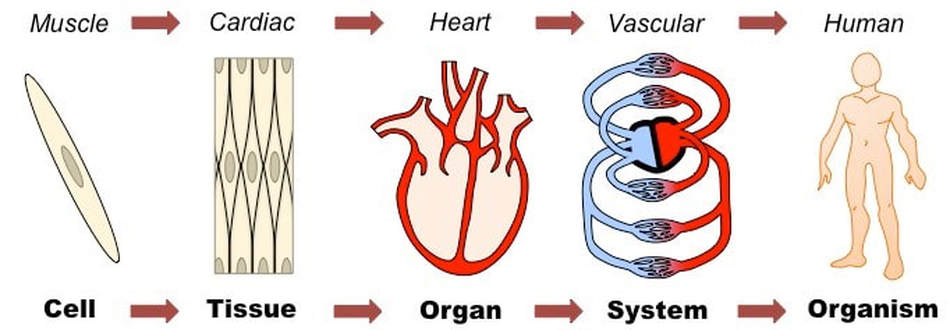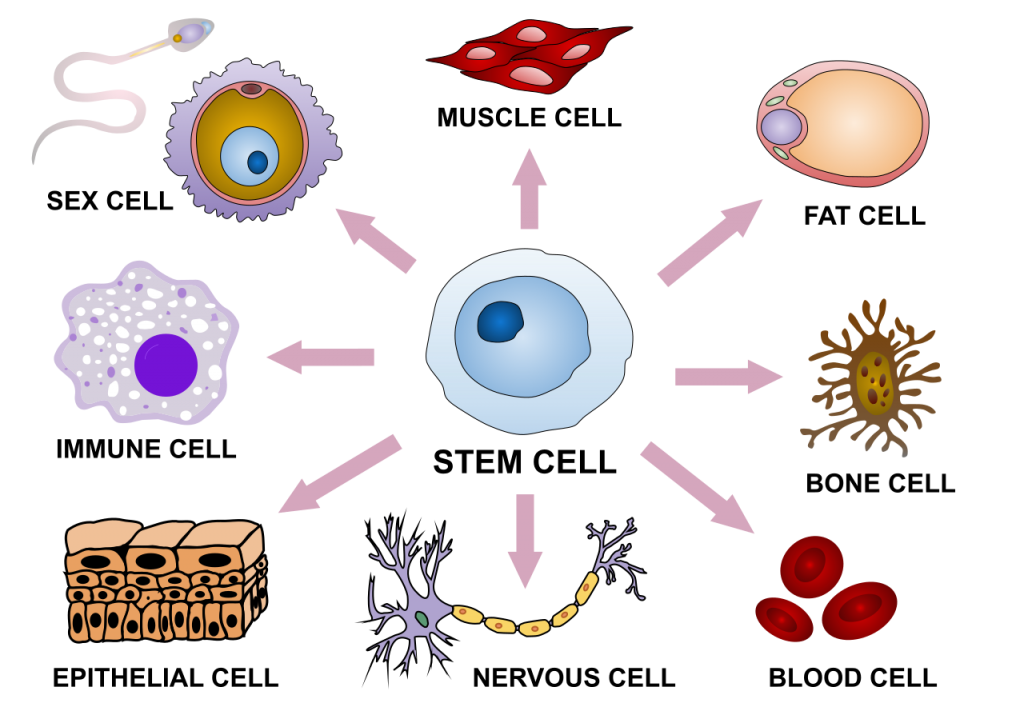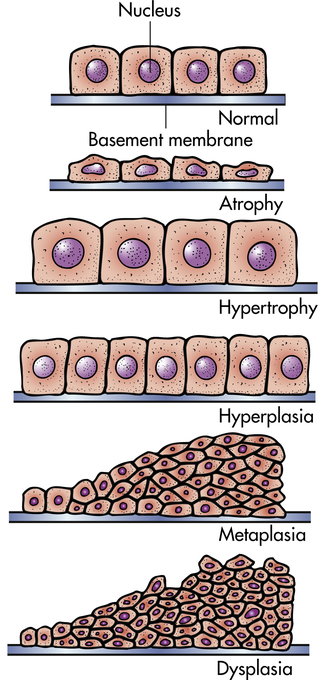Introduction to Pathophysiology
Published (updated: ).

Pathophysiology is the study of the disordered physiological processes that cause, result from, or are otherwise associated with a disease or injury. Pathology is the medical discipline that describes conditions typically observed during a disease state, whereas physiology is the biological discipline that describes processes or mechanisms operating within an organism. Pathology describes the abnormal or undesired condition, whereas pathophysiology seeks to explain the functional changes that are occurring within an individual due to a disease or pathologic state.

Cells function differently in unicellular and multicellular organisms, but in every organism, each cell has specialized cell structures, or organelles, of which there are many. These organelles are responsible for a variety of cellular functions, such as obtaining nutrients, producing energy, and making proteins. Unicellular organisms are made up of only one cell that carries out all of the functions needed by the organism, while multicellular organisms use many different cells to function.
Unicellular organisms include bacteria, protists, and yeast. For example, a paramecium is a slipper-shaped, unicellular organism found in pond water. It takes in food from the water and digests it in organelles known as food vacuoles. Nutrients from the food travel through the cytoplasm to the surrounding organelles, helping to keep the cell, and thus the organism, functioning.
Multicellular organisms are composed of more than one cell, with groups of cells differentiating to take on specialized functions. In humans, cells differentiate early in development to become nerve cells, skin cells, muscle cells, blood cells, and other types of cells. One can easily observe the differences in these cells under a microscope. Their structure is related to their function, meaning each type of cell takes on a particular form in order to best serve its purpose. Nerve cells have appendages called dendrites and axons that connect with other nerve cells to move muscles, send signals to glands, or register sensory stimuli. Outer skin cells form flattened stacks that protect the body from the environment. Muscle cells are slender fibers that bundle together for muscle contraction.
In multicellular organisms, cells constantly send and receive chemical messages to coordinate the actions of other organs, tissues, and cells. The ability to send messages quickly and efficiently enables cells to coordinate and fine-tune their functions. While the necessity for cellular communication in larger organisms seems obvious, even single-celled organisms communicate with each other. Yeast cells signal each other to aid mating. Some forms of bacteria coordinate their actions in order to form large complexes called biofilms or to organize the production of toxins to remove competing organisms. The ability of cells to communicate through chemical signals originated in single cells and was essential for the evolution of multicellular organisms. Efficient, error-free communication is vital for all life.

Cells adapt to their environment to escape and protect themselves from injury. An adapted cell is neither normal nor injured—its condition lies somewhere between these two states. Cellular adaptations, however, are a common and central part of many disease states. In the early stages of a successful adaptive response, cells may have enhanced function; thus it is hard to differentiate a pathologic response from an extreme adaptation to an excessive functional demand. The most significant adaptive changes in cells include atrophy (decrease in cell size), hypertrophy (increase in cell size), hyperplasia (increase in cell number), and metaplasia (reversible replacement of one mature cell type by another less mature cell type). Dysplasia (deranged cellular growth) is not considered a true cellular adaptation but rather an atypical hyperplasia.
Cellular adaptation is the ability of cells to respond to various types of stimuli and adverse environmental changes. These adaptations include hypertrophy (enlargement of individual cells), hyperplasia (increase in cell number), atrophy (reduction in size and cell number), metaplasia (transformation from one type of epithelium to another), and dysplasia (disordered growth of cells). Tissues adapt differently depending on the replicative characteristics of the cells that make up the tissue. For example, labile tissue such as the skin can rapidly replicate, and therefore can also regenerate after injury, whereas permanent tissue such as neural and cardiac tissue cannot regenerate after injury. If cells are not able to adapt to the adverse environmental changes, cell death occurs physiologically in the form of apoptosis , or pathologically, in the form of necrosis.

A fire is a fire because heat has caused a reaction with a fuel source due to being in the presence of oxygen. Remove the fuel, heat, or oxygen and the fire goes out. This is the premise behind a fire extinguisher by removing all the oxygen and some of the heat, a fire extinguisher can make short work of a small fire. Similarly, when cells are robbed of oxygen, they are no longer able to convert glucose to ATP (energy). Starved of oxygen, they adapt to their surroundings and can live without oxygen for a limited time. This ability to adapt does come at a price, the cell can be injured or even die. Common causes of hypoxic cell injury are:
- Decreased oxygenation
- Loss of hemoglobin or hemoglobin function
- Decreased red blood cells
- Diseases of the respiratory or cardiovascular system.
